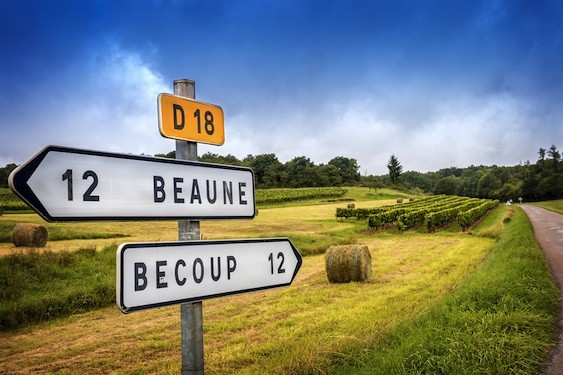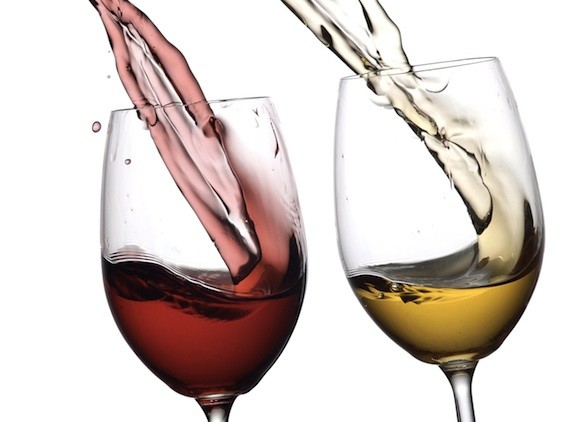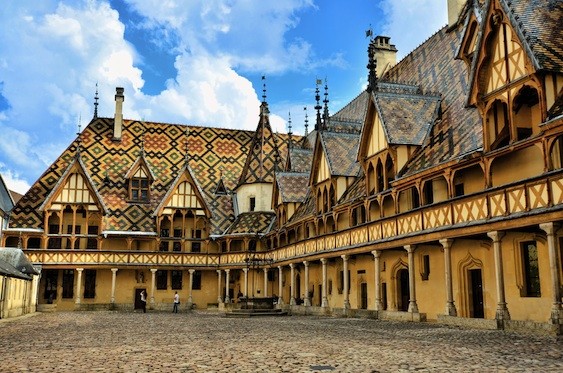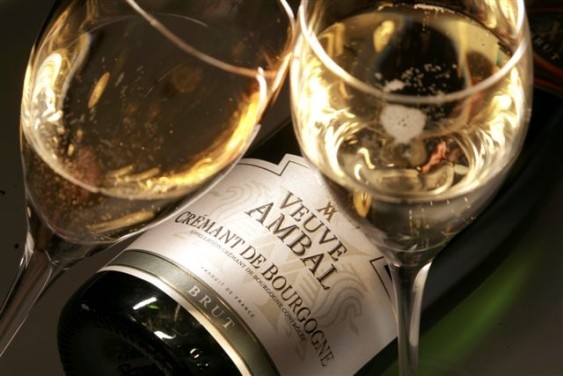
Of all the French wine regions, Burgundy is probably the most confusing.
Like many passionate relationships, my love affair with French wine is complicated. On the one hand, there are so many wonderful wines, beautiful regions and delightful people who make wine. On the other hand, you’ve got to keep track of all the varieties of grapes in those wines, the villages and vineyards in those regions, and the rules those delightful people have to adhere to in order to make the wine you love so much.
And when it comes to French wine, Burgundy might just be the most complicated region of all. It’s practically inscrutable to non-experts, and even people who spend time in Burgundy and know its wines well sometimes have trouble keeping its patchwork of place names (and even individual vine rows) straight. The payoff is getting to enjoy some of the world’s best wines, but the downside is having to memorize a veritable encyclopedia of minutiae in order to do so.
However, while I’m no Burgundy expert, I do have a couple useful tricks that help me remember what’s what (and how to pronounce things!) on the most basic level. Here are five of them.

When it comes to varieties, all you need to know are Chardonnay and Pinot Noir.
Two varieties, lots of great wine. When we’re talking about Burgundy wines, in almost all cases, we are just discussing two specific grape varieties. The white wines are made from Chardonnay and the red wines are made from Pinot Noir. In almost all cases. I’m not going to get into other varieties like Aligoté and Gamay …yet. I’ll save those for another time. So just keep Chardonnay and Pinot Noir in mind and you’ll be good. One easy way to remember is that all three names – Burgundy, Chardonnay and Pinot Noir – have three syllables.
Don’t forget your côtes. Let me just preface this by saying that I am going to simplify this immensely and that I realize it’s a lot more complex than this. In a region where people claim major taste differences in wines made from one row of vines versus the one next to it, and there are 100 appellations, you know things are going to get complicated. Let me at least provide a quick, easy way to orient yourself for the amateurs (myself included) out there.

The city of Beaune is pretty much your landmark – anything else is north or south of there.
When it comes to the main stretch of Burgundy, we are looking at a tract of land that stretches north and south from the city of Beaune called the Côte d’Or, or the “slope of gold” in French. There are lots of other areas like Mâcon, Chablis and Auxerre, but sticking to that major tract, you will find it (and the Burgundy entries on wine lists) split into the Côte de Nuits and Côte de Beaune, if not into even smaller sub-regions. While I won’t list the villages and crus you might encounter, the easy way I have to remember what’s where is that the Côte de Nuits and its appellations are north of Beaune. “N” for north and “n” for nuits. Some of the places you might have heard of in this region include Vosne-Romanée, Vougeout and Gevrey-Chambertin.
On the other hand, Côte de Beaune stretches from just north of the town of Beaune down to the south, and it’s here you find a few more of the top-tier Chardonnay-producing areas like Meursault sprinkled into some famous red areas like Pommard and Volnay.
I’m going to say it again so I don’t get yelled at, but this is a super simplistic way to picture it on the map. However, it is one I find very effective for orienting myself quickly both when I’m actually in Burgundy and when I’m running my eye along a wine list.

Chablis got a bad name thanks to jug wine, but the good stuff is really good! Photo courtesy of Wine Searcher.
Chablis is not a bad word. This might actually come as two surprises to you. The first, that Chablis is actually part of Burgundy, and the second that, after a terrible period in the 20th century where American jug-wine purveyors labeled any and every nondescript white wine as Chablis or Chablis-style, this region actually crafts some of the world’s best, most sought-after Chardonnays.
That’s thanks in part to the fact that the style in which they are made – dry, mineral-rich palates, beautifully balanced acidity – are in vogue right now, but these wines are more than just trendy. They are made for the ages. Don’t take my word for it, though. Go to your favorite French restaurant or wine store and ask the sommelier for a good Chablis suggestion and see what you think.

Crémant de Bourgogne is a lot like Champagne…only cheaper!
They make sparkling wine. As the price of Champagne continues to rise, and folks keep looking for more cost-conscious alternatives apart from Prosecco and Cava, you might start noticing wines called Crémant de Bourgogne popping up on wine lists. Basically, these are Burgundy’s sparkling wines and, like those in Champagne nearby (we’re talking an hour’s drive away), they have been made from Chardonnay and Pinot Noir (primarily) in the same way as Champagne since the 19th century. Try one the next time you see it on a wine list. They are usually available by the glass, and inexpensive, so see what you think.

Don’t say the “t” in Montrachet. Photo credit: JAO Wine Imports.
Don’t pronounce the “t” in Montrachet. This is actually one of the biggest giveaways that I am talking to someone who thinks they know more about Burgundy than they actually do. Like Montreal and Mont Blanc and…well, pretty much any “mont,” you don’t pronounce the “t” in Montrachet. Such as in the names of appellations like Puligny-Montrache and Chassagne-Montrachet, where some of Burgundy’s best white wines are produced. It should sound like “moan-rash-ay” not “moan-trash-ay.” So if someone you’re talking to purports to be a Burgundy connoisseur and yet pronounces the “t” in those place names, you should take what they say with a grain of salt. Preferably fleur de sel with a dab of French butter, a crusty baguette and a drop of Burgundy.

